Home>Technology>Smart Home Devices>Why Is My Sublimation Printer Not Printing Correct Colors
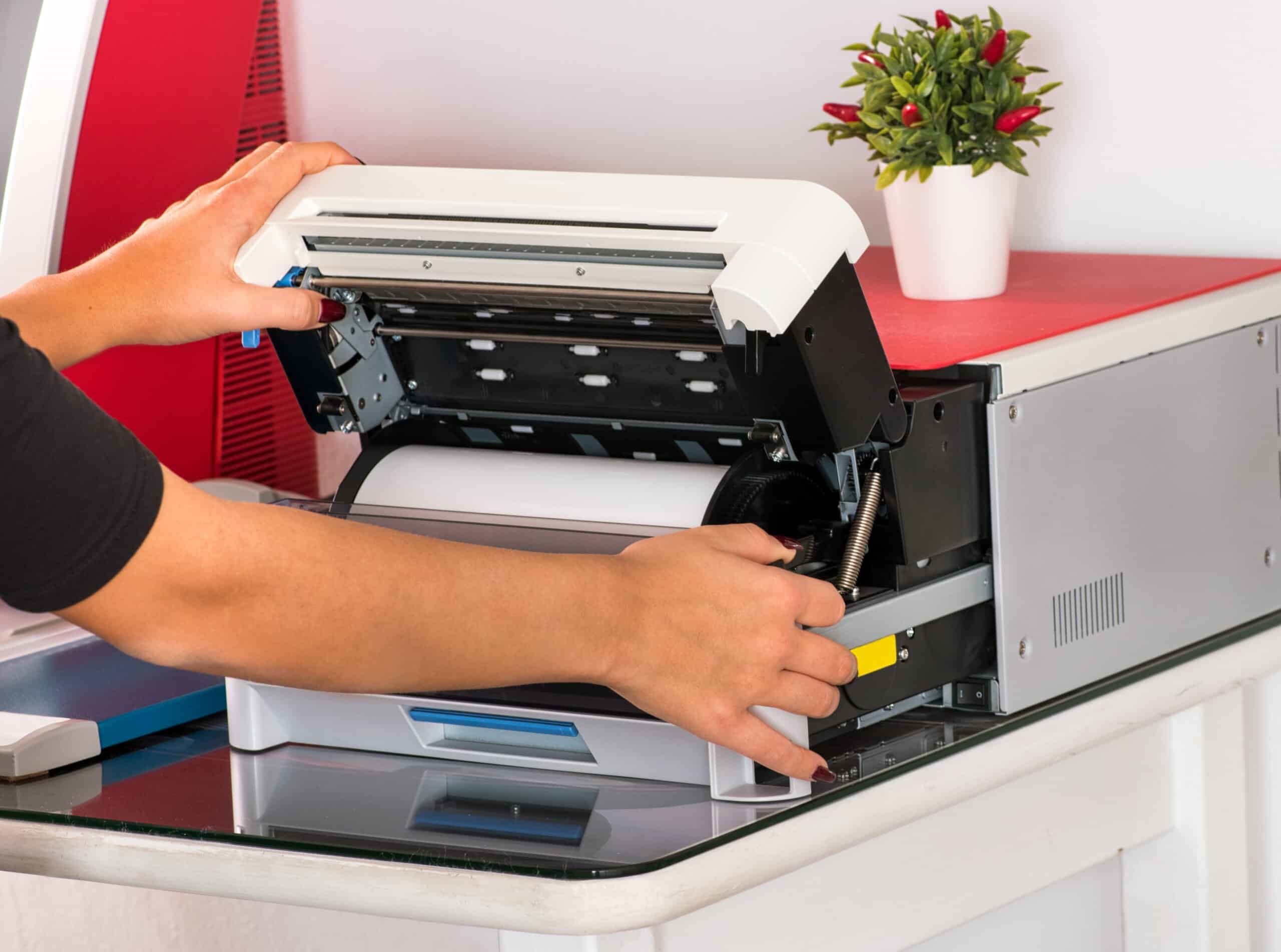

Smart Home Devices
Why Is My Sublimation Printer Not Printing Correct Colors
Published: January 12, 2024
Discover how to troubleshoot and fix color printing issues with your sublimation printer for smart home devices. Get expert tips and solutions now.
(Many of the links in this article redirect to a specific reviewed product. Your purchase of these products through affiliate links helps to generate commission for Storables.com, at no extra cost. Learn more)
**
Introduction
**
Welcome to the world of sublimation printing, where creativity and technology converge to bring your designs to life with vibrant colors and remarkable precision. Sublimation printing is a popular method for transferring images onto various substrates, such as textiles, ceramics, and metals, offering exceptional durability and high-quality results.
In recent years, sublimation printing has gained traction in the DIY community, professional printing industry, and the world of personalized merchandise. However, despite its numerous benefits, sublimation printing can sometimes present challenges, particularly when it comes to achieving accurate color reproduction.
If you've ever encountered the frustrating scenario of your sublimation printer failing to produce the correct colors, you're not alone. This perplexing issue can stem from various factors, including technical glitches, improper settings, or suboptimal printing conditions. Understanding the root causes of incorrect color printing is crucial for resolving these issues and ensuring that your sublimation prints meet your expectations.
In this comprehensive guide, we will delve into the intricacies of sublimation printing, explore the common challenges associated with sublimation printers, and uncover the reasons behind incorrect color reproduction. Moreover, we will equip you with practical troubleshooting steps to address these issues effectively, empowering you to unleash the full potential of your sublimation printing endeavors.
Whether you're a seasoned sublimation printing enthusiast or a newcomer eager to explore this captivating realm, this guide aims to demystify the complexities of color accuracy in sublimation printing, enabling you to elevate your craft and unleash a spectrum of stunning, true-to-life colors in your creations. Let's embark on this enlightening journey to unravel the enigma of color accuracy in sublimation printing and empower you to overcome the challenges that may arise along the way.
**
Key Takeaways:
- Sublimation printers may produce incorrect colors due to issues like ink distribution, environmental factors, and printer maintenance. Troubleshooting steps, such as calibrating color management and optimizing heat settings, can help address these issues and improve color accuracy.
- Understanding the complexities of sublimation printing and implementing targeted solutions can empower users to overcome challenges with color accuracy. By mastering color management and maintaining printing equipment, vibrant and true-to-life prints can be achieved.
Understanding Sublimation Printing
**
Sublimation printing is a unique and versatile method that utilizes heat and pressure to transfer dye onto a variety of surfaces, resulting in vivid, permanent, and high-resolution prints. Unlike traditional printing techniques that apply ink on the surface of a substrate, sublimation printing infuses the dye directly into the material, ensuring exceptional color vibrancy and durability.
The process of sublimation printing involves several key components, including specialized sublimation inks, transfer paper, and a heat press. The sublimation inks, which are formulated with dyes that have the ability to sublimate from a solid to a gas state without passing through the liquid phase, play a pivotal role in this printing method. When subjected to heat and pressure, these dyes transform into a gas and permeate the surface of the substrate, creating a seamless bond that resists fading, cracking, and peeling.
Sublimation printing is particularly popular for creating custom apparel, personalized gifts, promotional items, and photographic prints on substrates such as polyester fabrics, ceramic mugs, aluminum panels, and more. The versatility of sublimation printing extends to its ability to reproduce intricate designs, photographs, and complex color gradients with remarkable accuracy, making it an ideal choice for producing vibrant and visually captivating products.
One of the distinguishing features of sublimation printing is its ability to achieve full-color, photographic-quality prints without the limitations of traditional color palettes. This means that sublimation printing can faithfully reproduce a broad spectrum of hues, shades, and tones, enabling the creation of captivating, true-to-life images that captivate the eye and evoke emotions.
Furthermore, sublimation printing offers exceptional washability and resistance to fading, making it an attractive option for producing long-lasting, high-quality prints that withstand the test of time and maintain their brilliance even after repeated use and laundering.
By understanding the fundamental principles of sublimation printing and its unique capabilities, you can harness the full potential of this innovative technology to bring your designs to life with unparalleled color vibrancy, clarity, and permanence.
**
Common Issues with Sublimation Printers
**
While sublimation printing offers a myriad of advantages, it is not immune to technical challenges that can impede the seamless production of vibrant and accurate prints. Sublimation printers, like any other technology, are susceptible to various issues that may compromise the quality and precision of the printed output.
One common issue encountered by sublimation printer users is the occurrence of banding or streaking in printed images. This phenomenon manifests as visible lines or streaks across the printed material, detracting from the overall visual appeal and professional finish of the prints. Banding and streaking can result from factors such as clogged print heads, insufficient ink flow, or suboptimal print settings.
Inconsistent color reproduction is another prevalent challenge faced by users of sublimation printers. This issue may manifest as variations in color intensity, inaccurate color matching, or unexpected shifts in hue and saturation. In some cases, the printed colors may deviate significantly from the original design, leading to dissatisfaction and frustration among users.
Poor ink adhesion and transfer inefficiency are also recurring issues that can hinder the quality of sublimation prints. Inadequate ink adhesion may result in colors appearing faint or washed out, while subpar transfer efficiency can lead to incomplete or patchy image transfer, compromising the overall clarity and vibrancy of the prints.
Additionally, sublimation printers may encounter challenges related to color management and calibration, leading to discrepancies between the intended colors and the final printed output. Without proper color management, achieving consistent and accurate color reproduction across different prints and substrates can be a daunting task, impacting the overall quality and uniformity of the finished products.
Furthermore, issues such as paper jams, connectivity problems, and software glitches can disrupt the printing process and impede the seamless operation of sublimation printers, causing delays and frustration for users.
It is important to recognize that these common issues are not insurmountable obstacles, but rather challenges that can be effectively addressed through proactive troubleshooting, proper maintenance, and adherence to best practices in sublimation printing. By understanding the root causes of these issues and implementing targeted solutions, users can optimize the performance of their sublimation printers and elevate the quality of their printed output.
**
Check your printer settings and ensure that the color profile is set to match the type of paper and ink you are using. Also, make sure your design software is set to the correct color mode (CMYK for sublimation printing).
Reasons for Incorrect Color Printing
**
Incorrect color printing in sublimation can stem from a variety of factors, spanning technical, environmental, and operational aspects. Understanding the underlying reasons for this issue is crucial for implementing effective solutions and ensuring that the final prints accurately reflect the intended colors and visual impact.
One common cause of incorrect color printing is suboptimal color management and calibration. Inaccurate color profiles, mismatched color settings, and improper calibration of the printing system can lead to deviations in color reproduction, resulting in prints that do not align with the original design. Without meticulous attention to color management, achieving consistent and faithful color rendition across different substrates and prints becomes a formidable challenge.
Inadequate ink saturation and distribution can also contribute to incorrect color printing. Insufficient ink flow or uneven distribution of sublimation ink onto the transfer paper can lead to variations in color intensity and fidelity, impacting the overall vibrancy and accuracy of the printed images. Addressing issues related to ink saturation and distribution is essential for achieving uniform and vivid color reproduction.
Environmental factors, such as temperature and humidity, play a pivotal role in sublimation printing and can significantly influence color output. Fluctuations in environmental conditions, especially during the sublimation transfer process, can affect the sublimation ink’s ability to fully penetrate the substrate, leading to subpar color transfer and inaccurate color reproduction. Maintaining optimal environmental conditions is essential for ensuring consistent and reliable color printing results.
Sublimation printers with clogged or misaligned print heads may exhibit issues with color accuracy and consistency. Clogs or misalignments can disrupt the precise delivery of sublimation ink onto the transfer paper, resulting in irregular color distribution and fidelity. Regular maintenance and cleaning of print heads are essential for mitigating these issues and preserving the integrity of color reproduction.
Moreover, improper heat and pressure settings during the sublimation transfer process can impact color fidelity and vibrancy. Inconsistent heat and pressure application can lead to uneven sublimation ink transfer, resulting in color discrepancies and subpar image quality. Fine-tuning the heat press parameters and ensuring uniform pressure distribution are critical for achieving optimal color printing results.
By addressing these underlying reasons for incorrect color printing in sublimation, users can take proactive measures to optimize their printing processes, enhance color accuracy, and elevate the overall quality of their sublimation prints.
**
Troubleshooting Steps
**
When confronted with incorrect color printing issues in sublimation, employing targeted troubleshooting steps can help identify and address the root causes of the problem, ultimately restoring color accuracy and vibrancy to the printed output. By systematically diagnosing and resolving the underlying issues, users can optimize their sublimation printing processes and achieve consistent, high-quality results.
1. Calibrate Color Management: Begin by ensuring that the color management settings, including color profiles and calibration, are accurately configured to reflect the intended color output. Regularly calibrating the sublimation printer and the associated software can help maintain color fidelity and consistency across different prints and substrates.
2. Verify Ink Saturation: Check the sublimation ink levels and distribution within the printer system to ensure adequate ink saturation and uniform distribution onto the transfer paper. Address any issues related to ink flow and distribution to optimize color intensity and vibrancy in the prints.
3. Monitor Environmental Conditions: Maintain optimal temperature and humidity levels in the printing environment, especially during the sublimation transfer process, to facilitate efficient ink penetration and color transfer onto the substrate. Consistent environmental conditions are essential for achieving reliable color reproduction.
4. Clean and Maintain Print Heads: Regularly clean and maintain the print heads to prevent clogs and misalignments that can compromise color accuracy and consistency. Proper maintenance of the print heads ensures precise ink delivery and uniform color distribution.
5. Optimize Heat and Pressure Settings: Fine-tune the heat press parameters, including temperature and pressure, to ensure uniform and consistent sublimation ink transfer onto the substrate. Proper heat and pressure settings are critical for achieving accurate color reproduction and vibrant prints.
6. Perform Test Prints and Color Swatches: Conduct test prints and color swatches to assess color accuracy and identify any deviations from the intended colors. Analyzing these samples can help pinpoint specific areas of color inconsistency and guide adjustments to the printing settings.
7. Evaluate Substrate Compatibility: Verify the compatibility of the sublimation ink and transfer paper with the chosen substrate, ensuring that the materials are conducive to optimal color transfer and adhesion. Using compatible substrates is essential for achieving accurate and vivid color reproduction.
By systematically implementing these troubleshooting steps, users can proactively address incorrect color printing issues in sublimation, refine their printing processes, and elevate the overall quality and accuracy of their sublimation prints.
**
Conclusion
**
Embarking on a journey into the realm of sublimation printing unveils a world of boundless creativity, where vibrant colors and intricate designs converge to breathe life into personalized merchandise, custom apparel, and captivating photographic prints. However, the pursuit of flawless color accuracy in sublimation printing is not without its challenges, as users may encounter issues that compromise the fidelity and vibrancy of their printed output.
By delving into the nuances of sublimation printing, understanding the common issues that plague sublimation printers, and unraveling the reasons behind incorrect color printing, users can equip themselves with the knowledge and insights needed to overcome these challenges and elevate the quality of their sublimation prints.
Armed with targeted troubleshooting steps, including meticulous calibration of color management, optimization of ink saturation and distribution, vigilant monitoring of environmental conditions, and precise maintenance of printing equipment, users can proactively address incorrect color printing issues and refine their sublimation printing processes.
The art of sublimation printing thrives on the seamless fusion of technology, creativity, and precision, culminating in vibrant, long-lasting prints that capture the imagination and leave a lasting impression. By embracing the intricacies of color management, ink optimization, environmental control, and meticulous maintenance, users can harness the full potential of sublimation printing, unlocking a spectrum of true-to-life colors and captivating visual experiences.
As we conclude this enlightening exploration of color accuracy in sublimation printing, it is our fervent hope that users will leverage these insights to surmount the challenges of incorrect color printing, infuse their creations with unparalleled vibrancy, and embark on a journey of artistic expression and visual storytelling through the captivating medium of sublimation printing.
With a steadfast commitment to mastering the art of color accuracy in sublimation printing, users can unleash the full potential of their creativity, breathe life into their designs with breathtaking colors, and leave an indelible mark on the world of personalized merchandise, custom apparel, and visual artistry.
Frequently Asked Questions about Why Is My Sublimation Printer Not Printing Correct Colors
Was this page helpful?
At Storables.com, we guarantee accurate and reliable information. Our content, validated by Expert Board Contributors, is crafted following stringent Editorial Policies. We're committed to providing you with well-researched, expert-backed insights for all your informational needs.
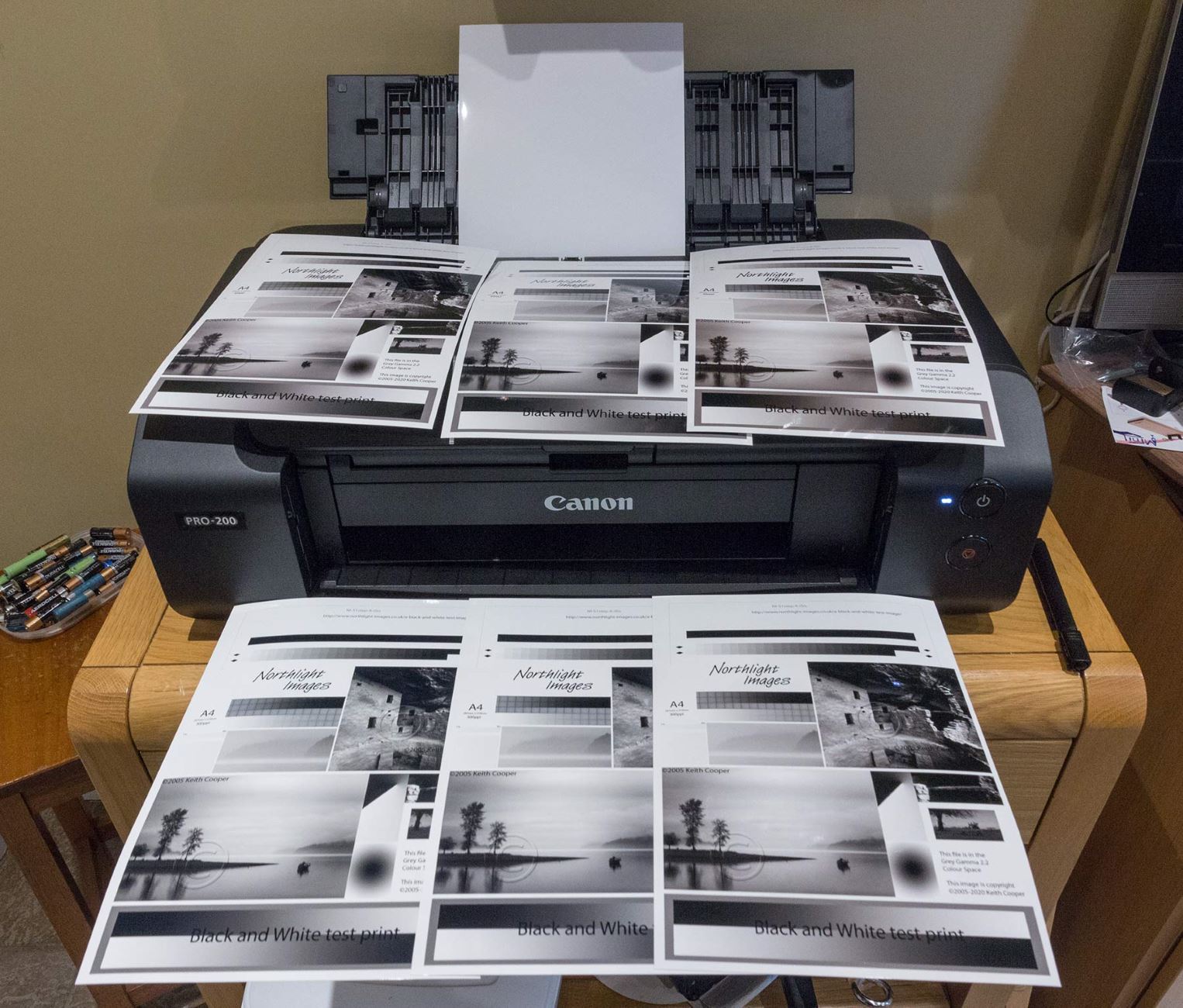
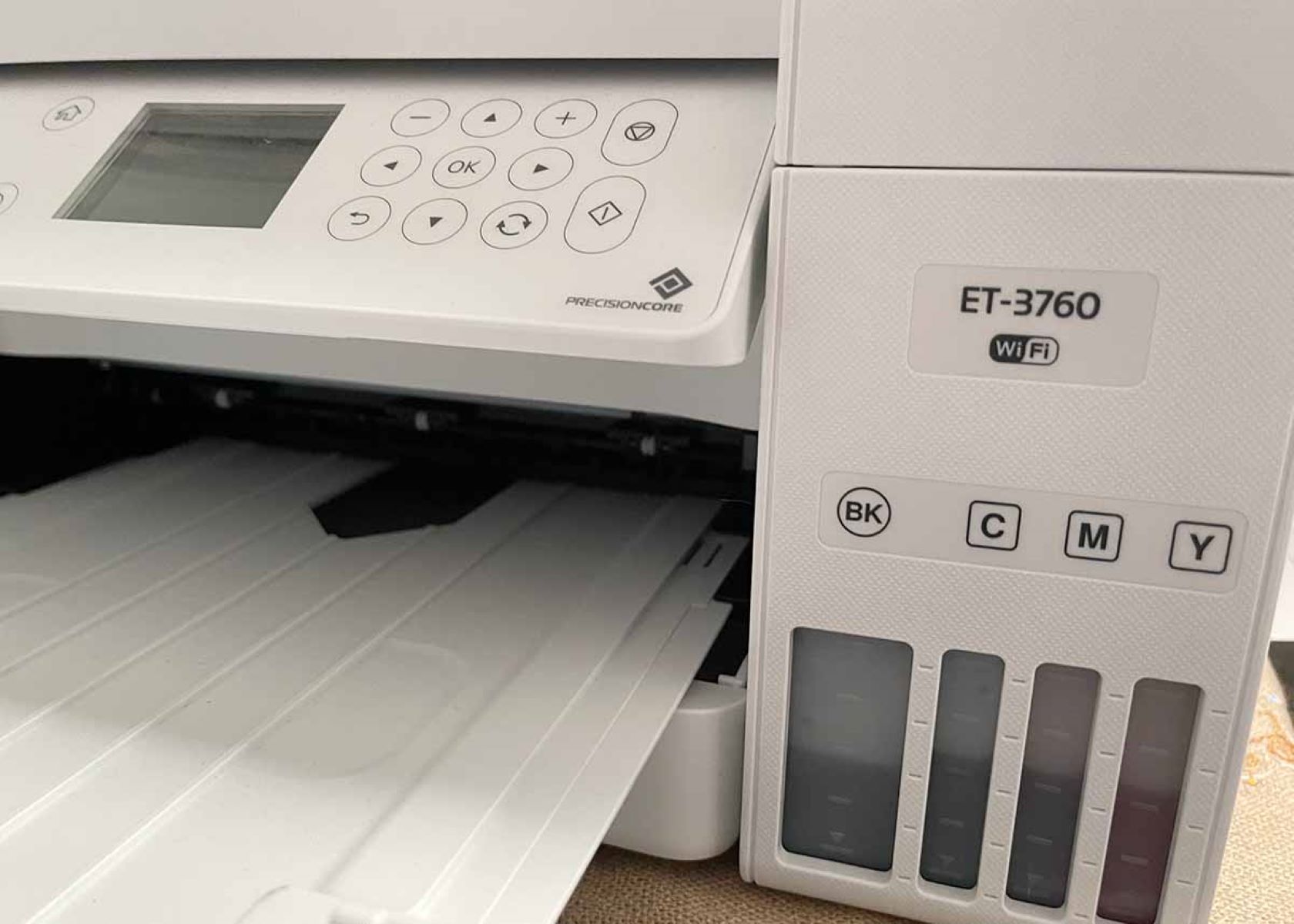

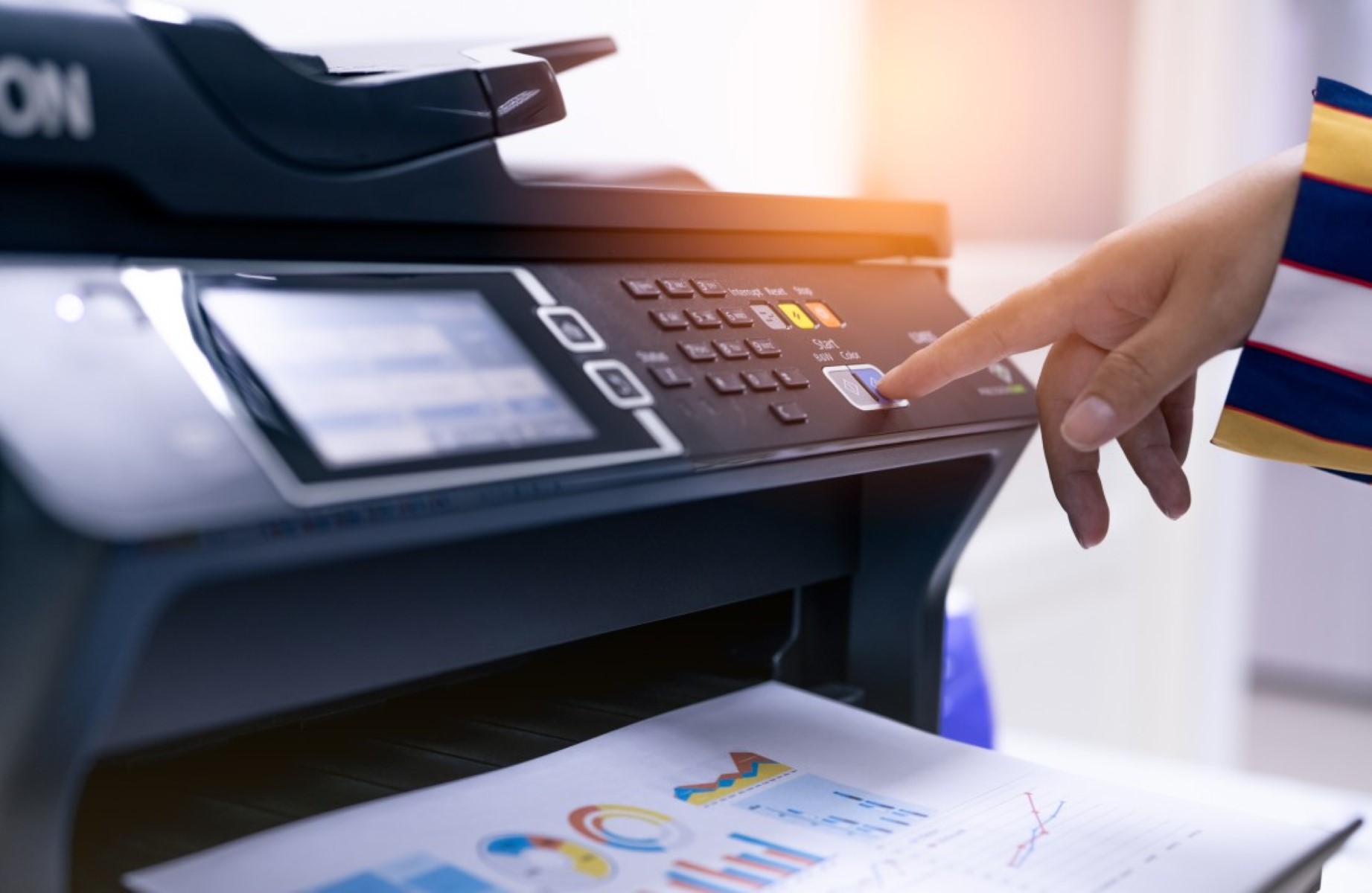
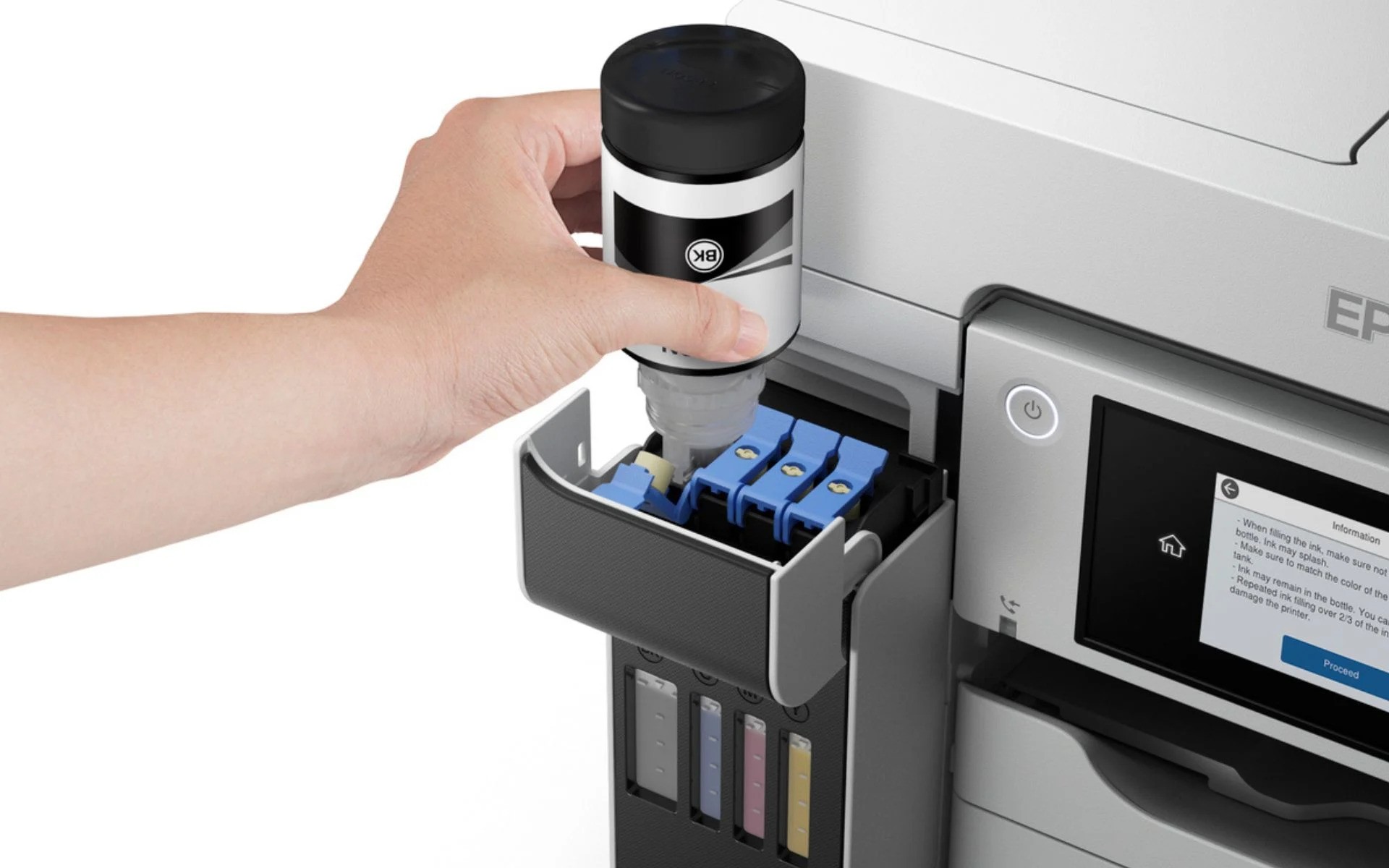
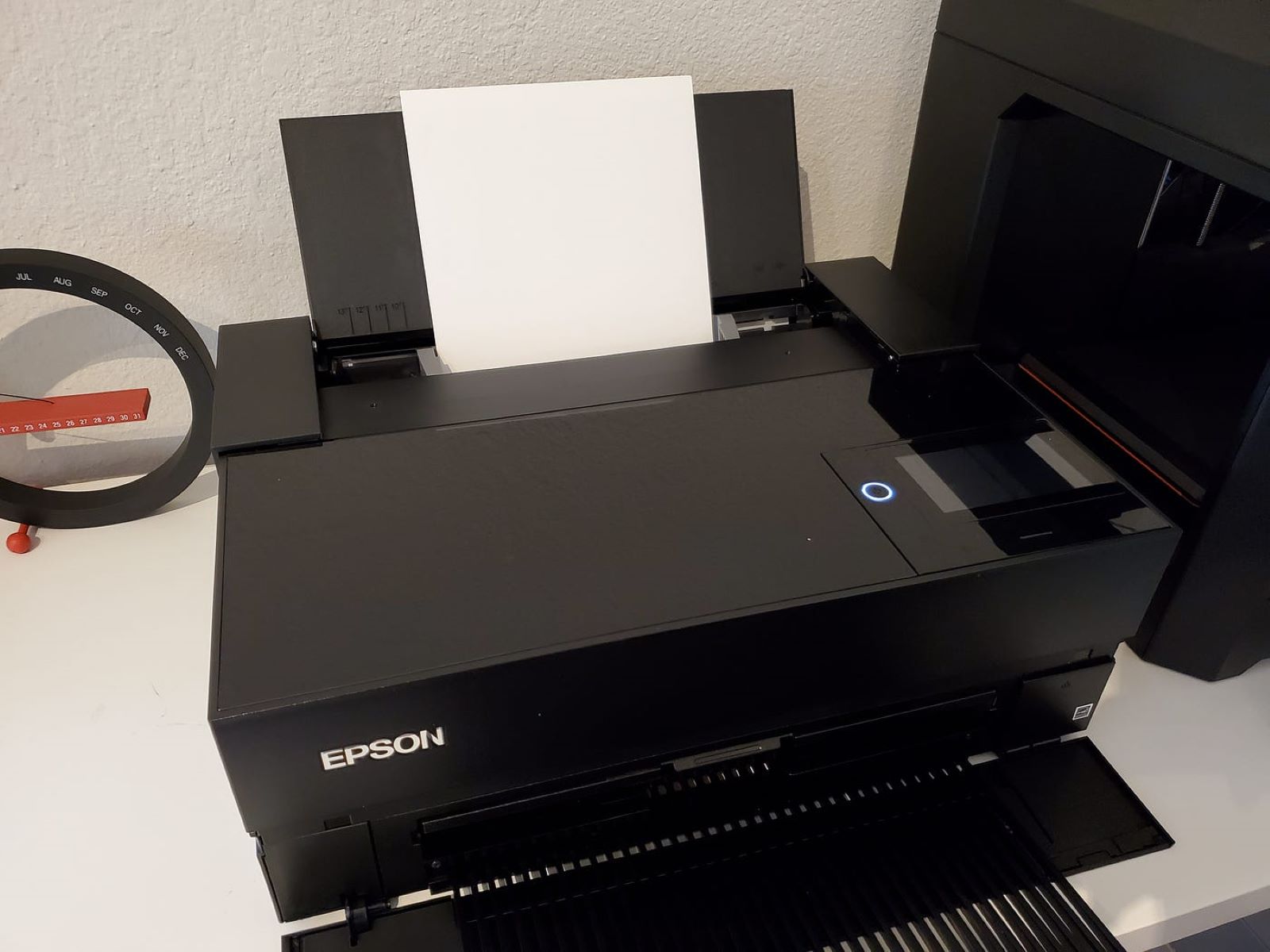
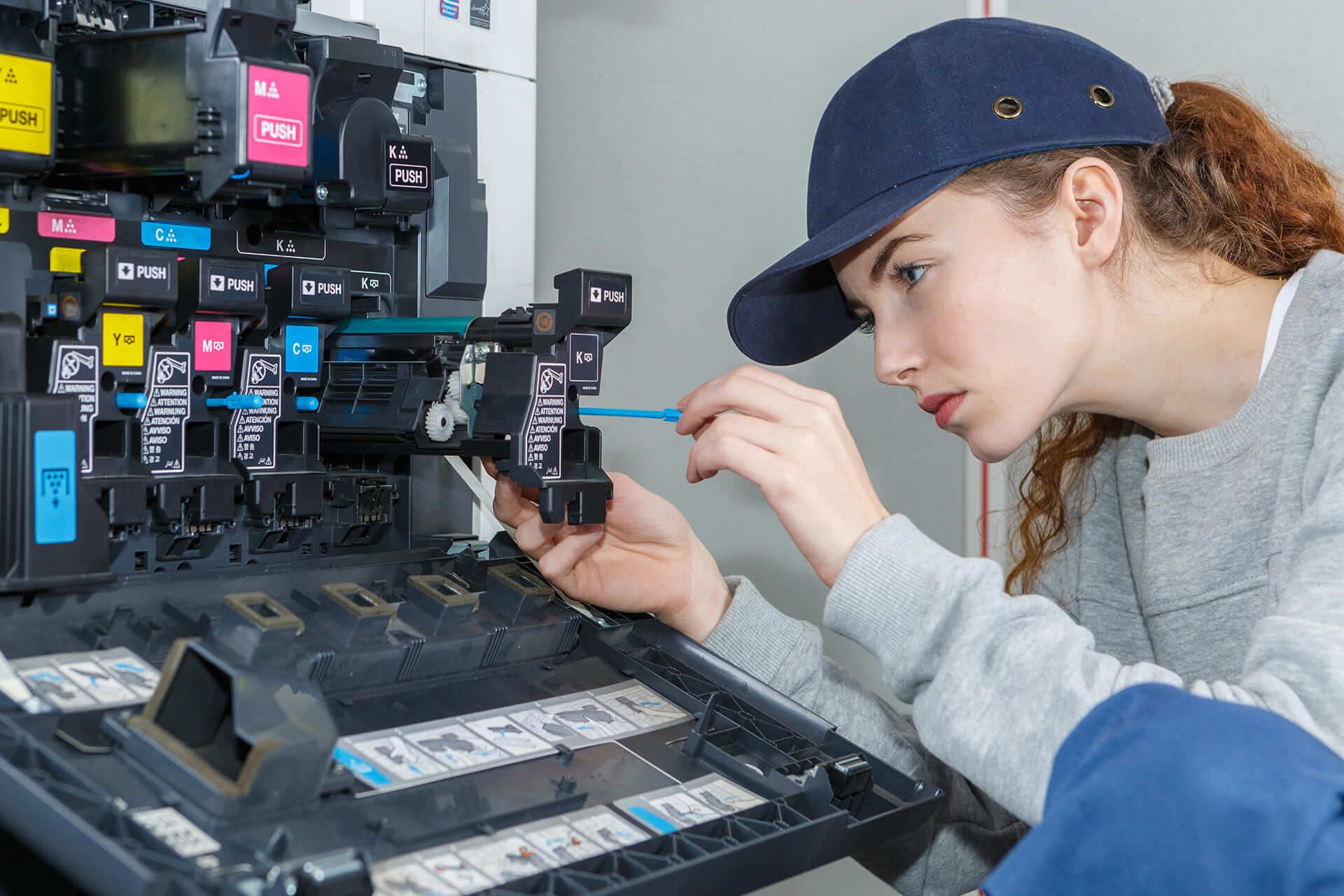
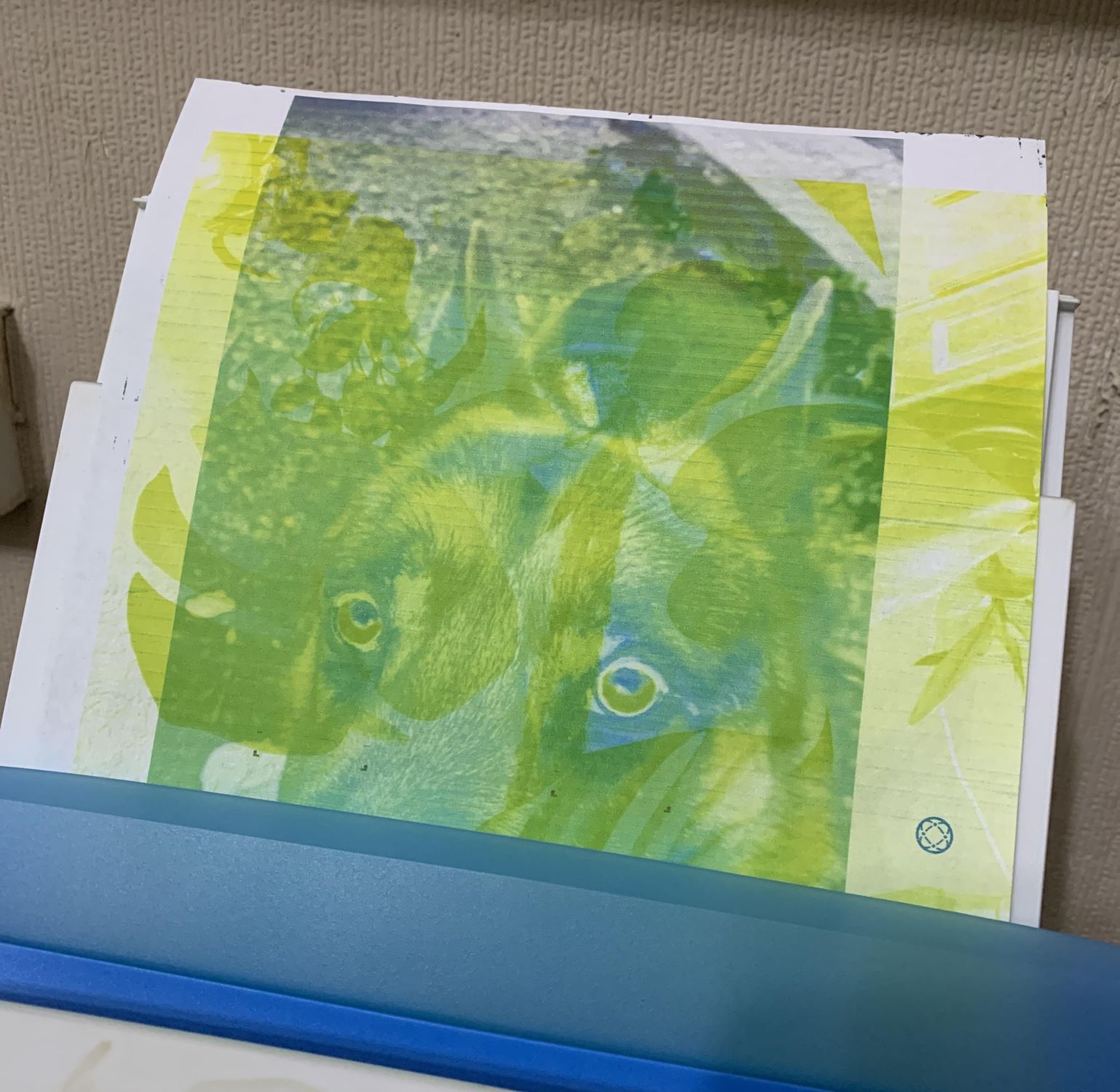
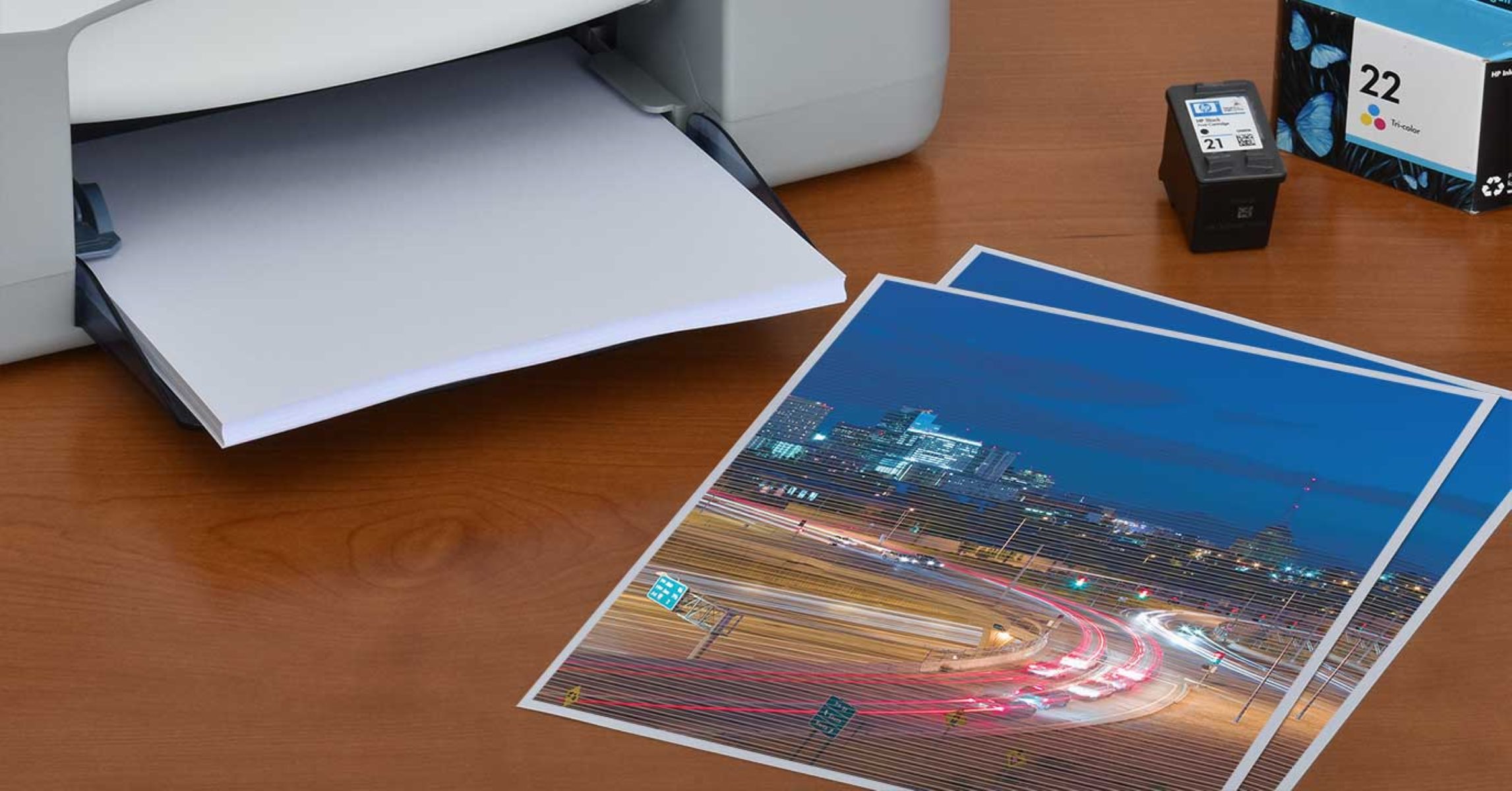
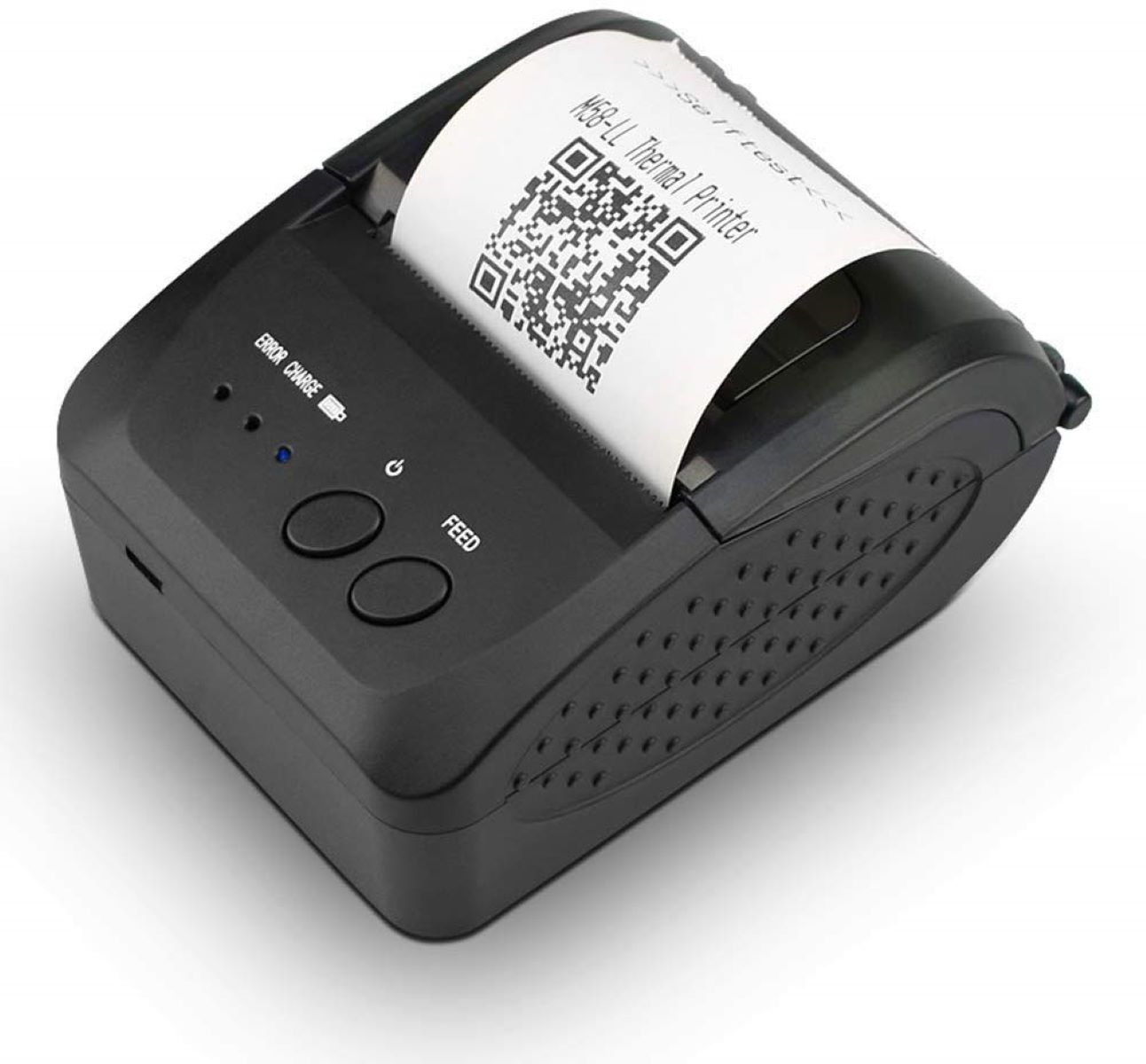
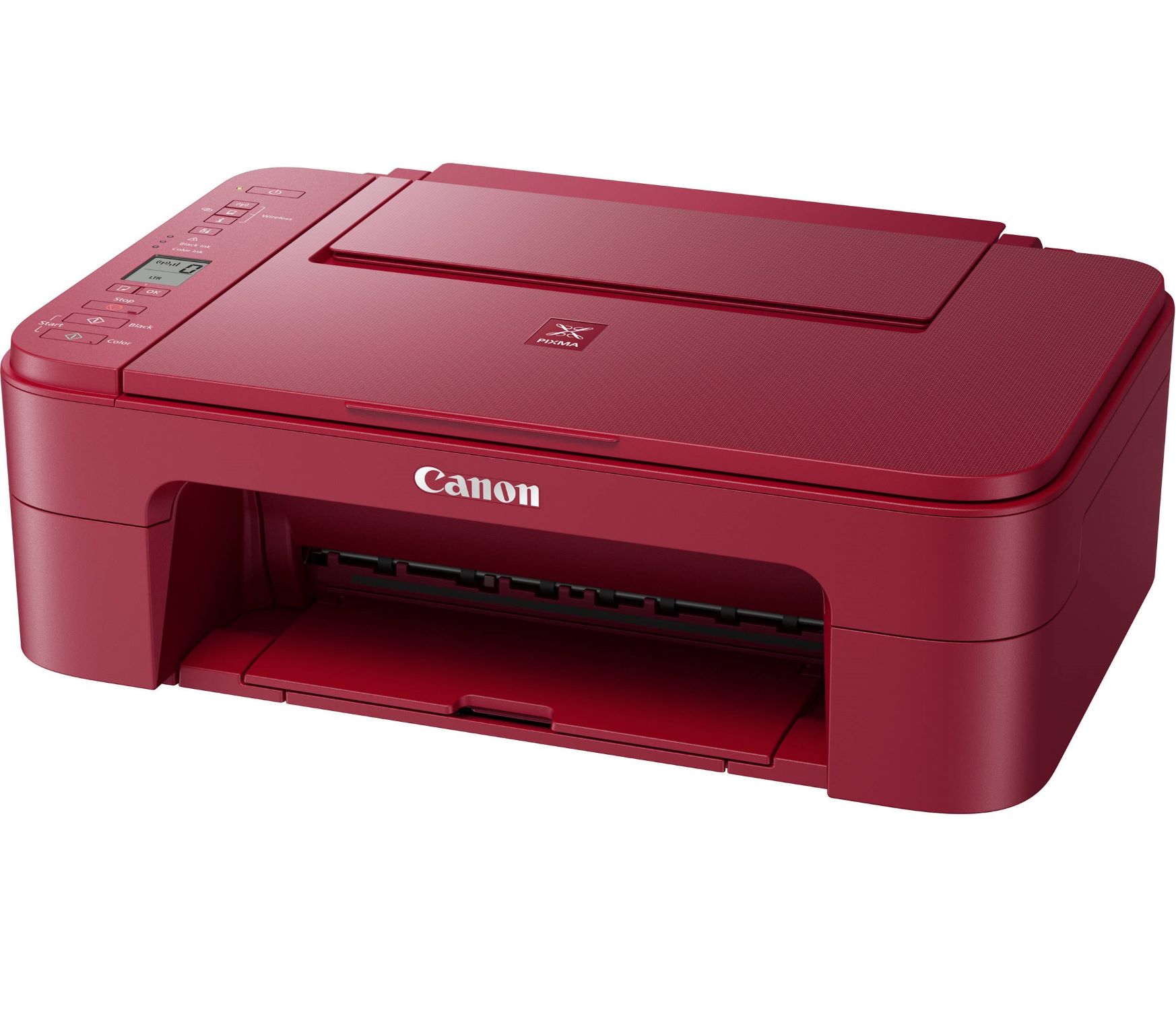
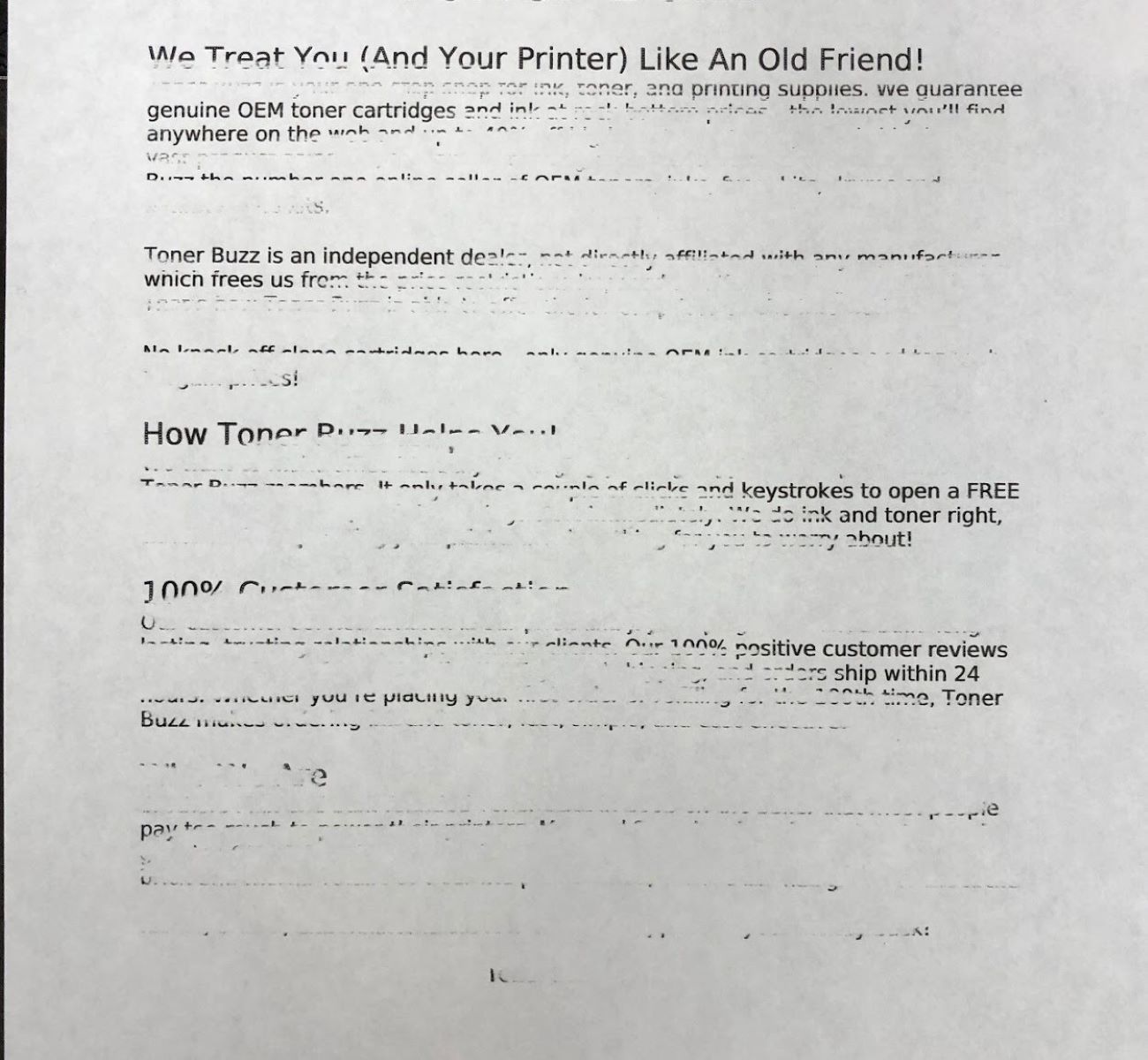
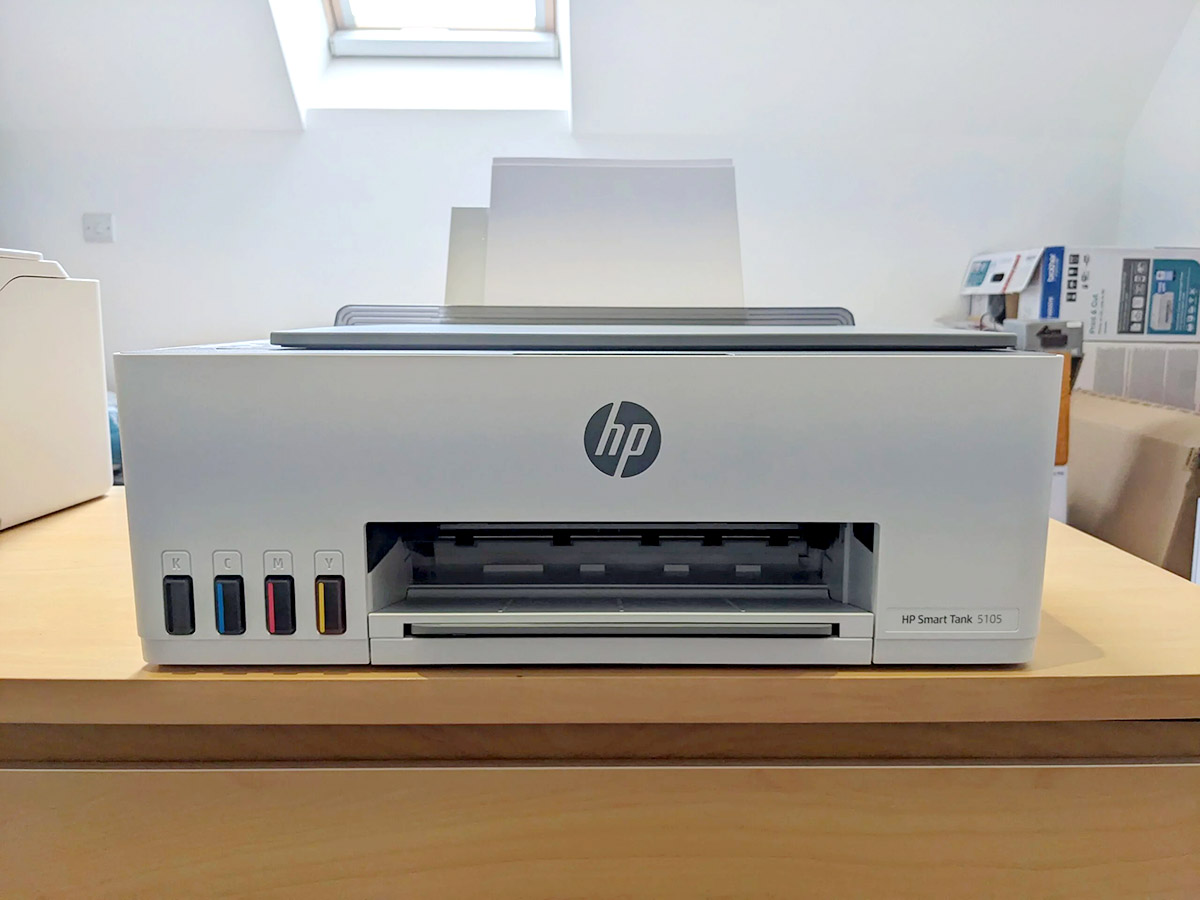
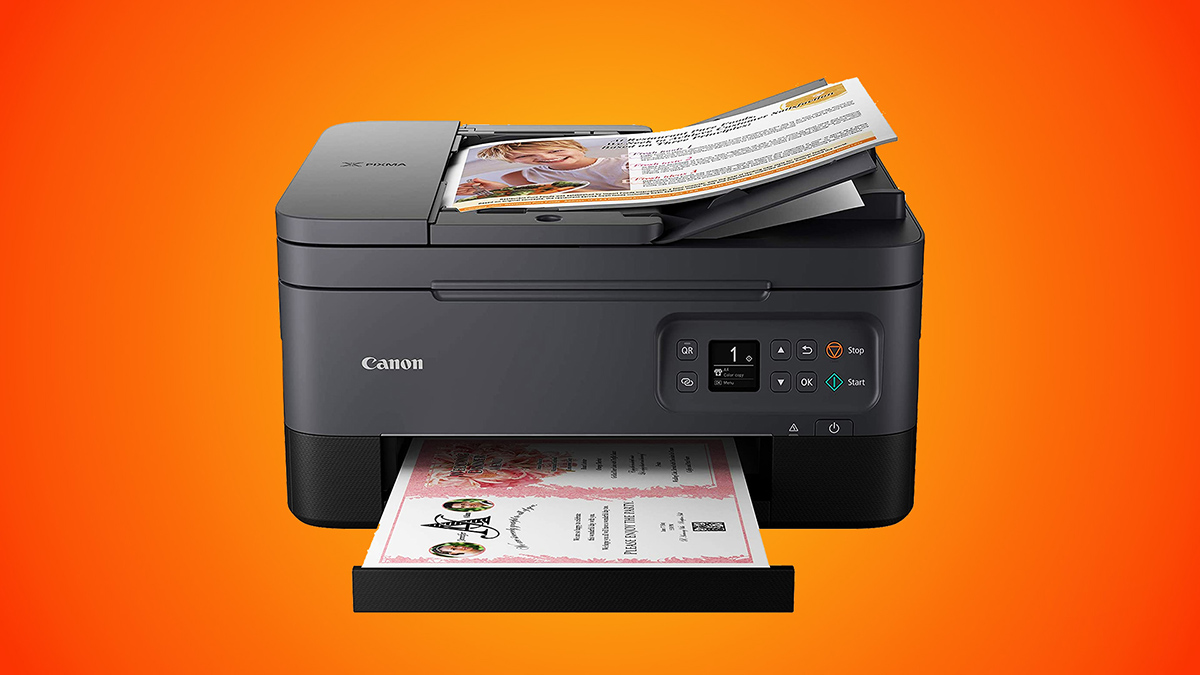

0 thoughts on “Why Is My Sublimation Printer Not Printing Correct Colors”